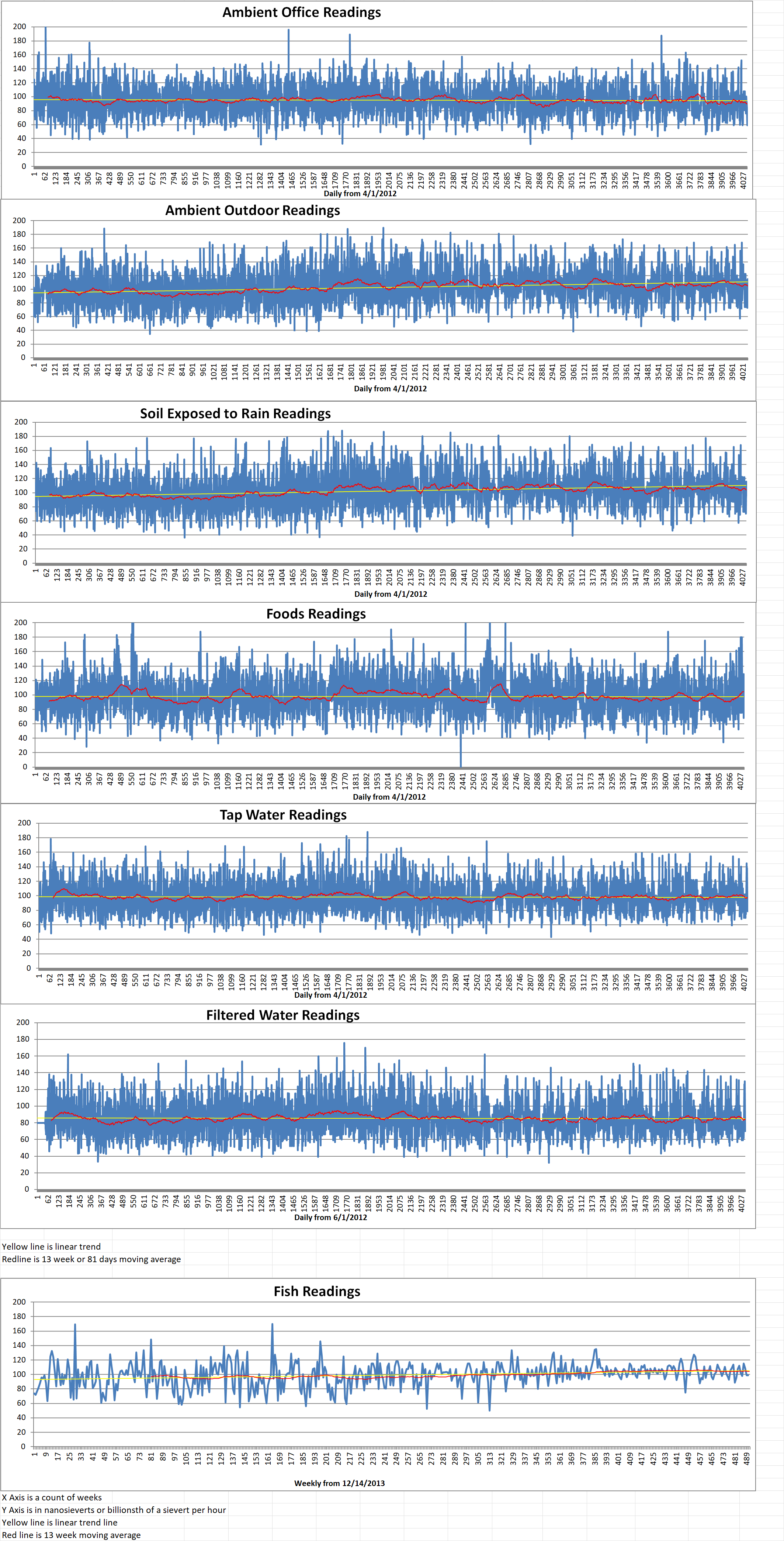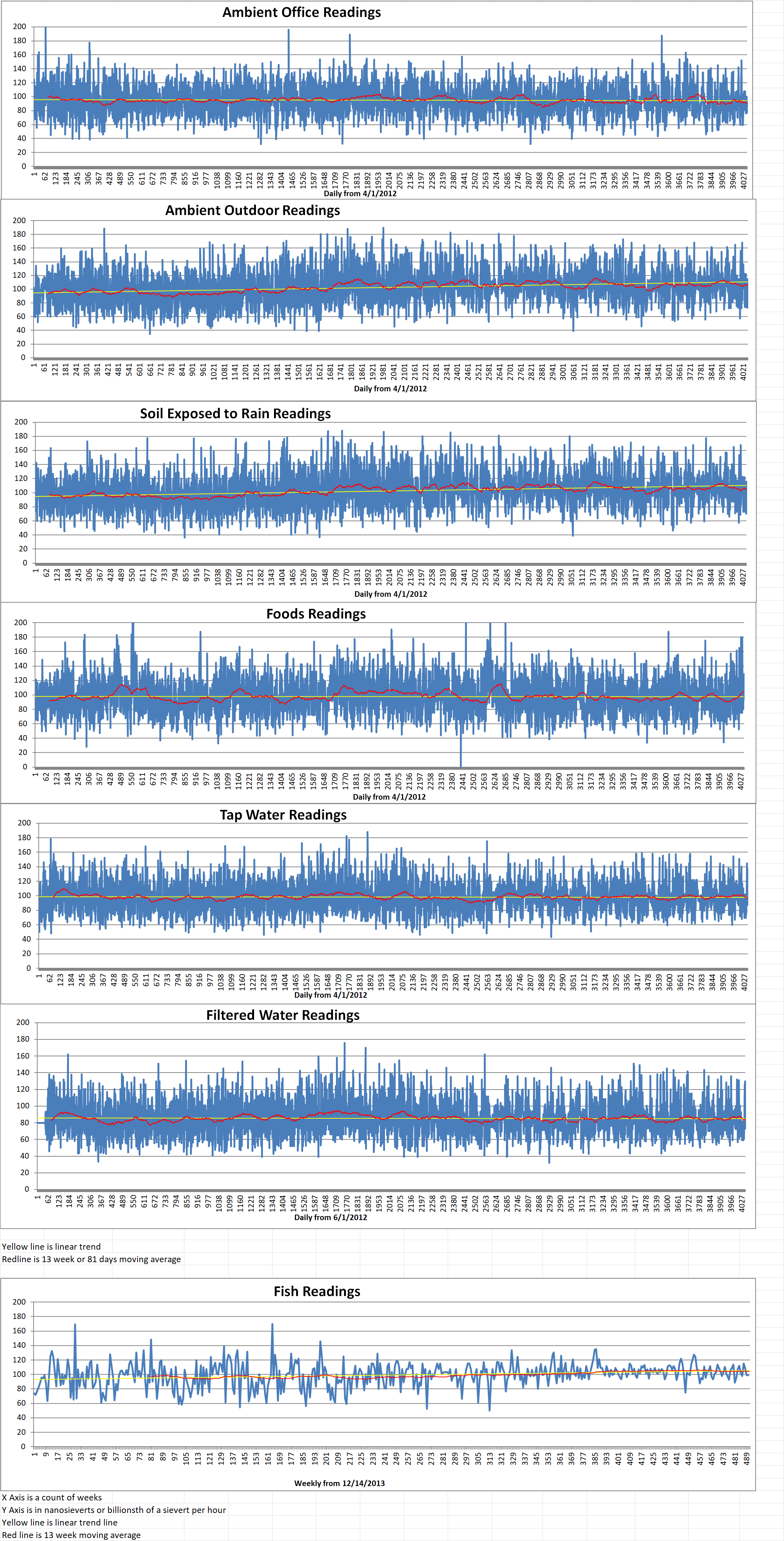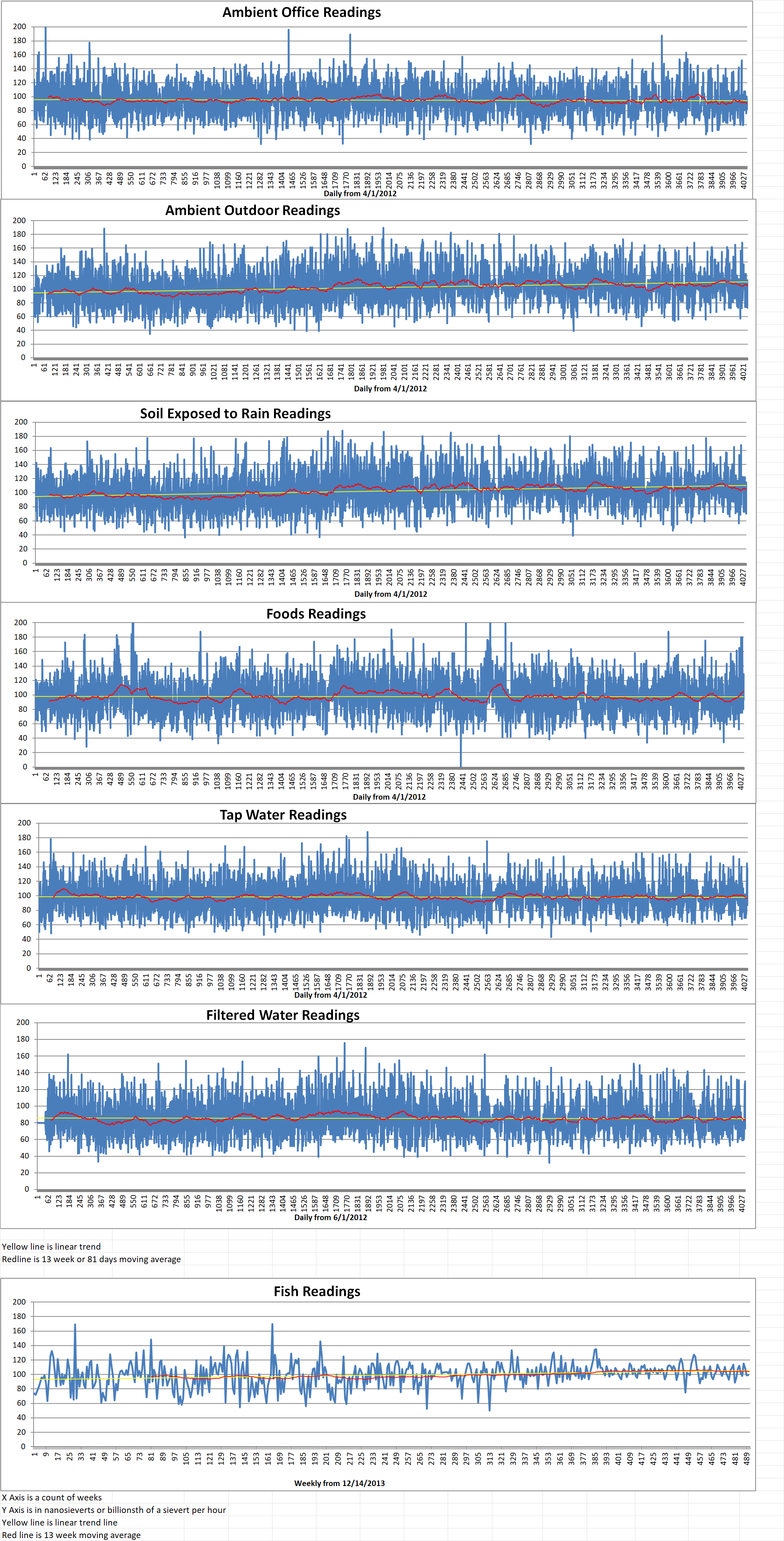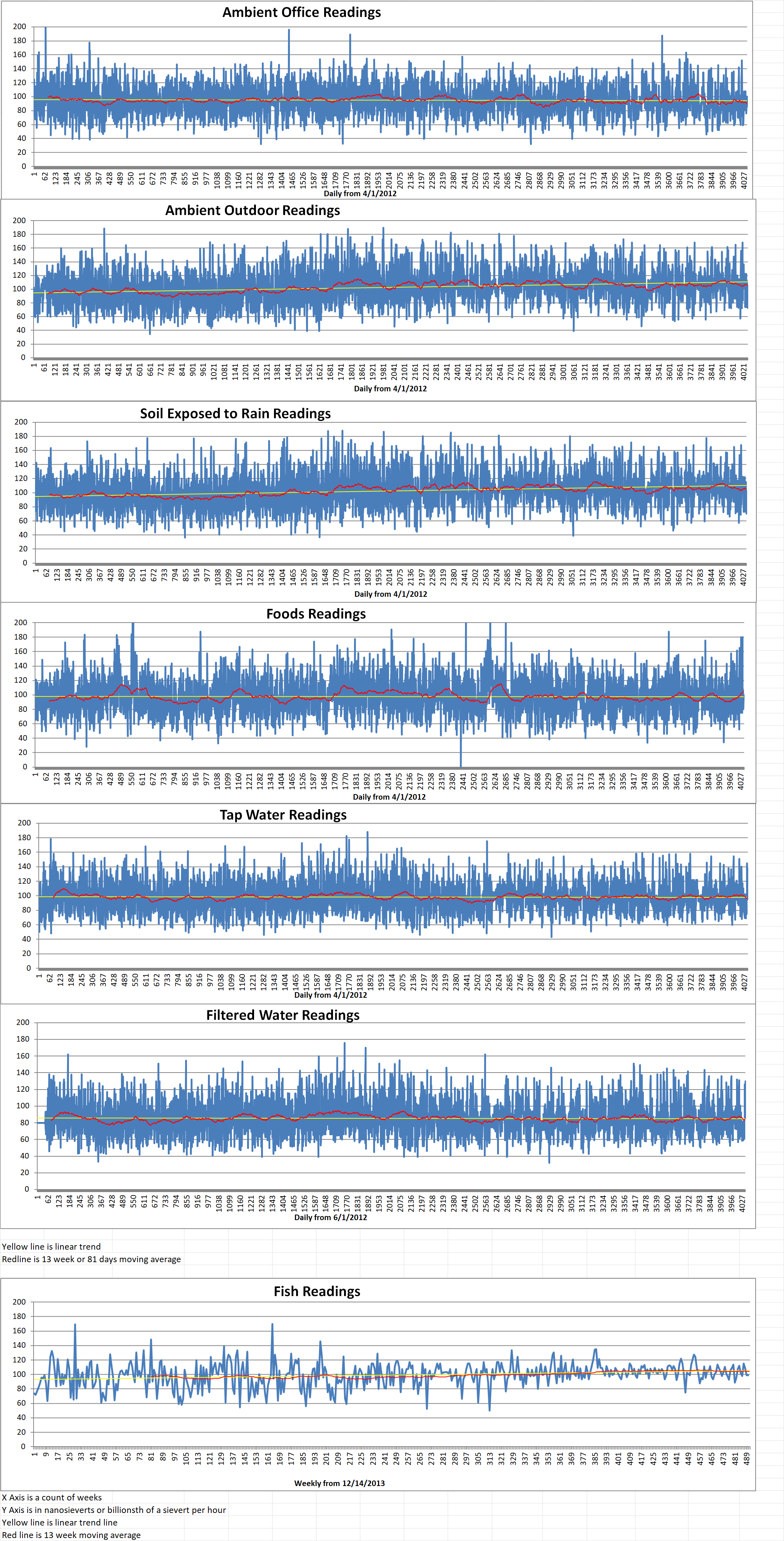Part 1 of 2 Parts
Concern about climate change has brought nuclear power back into the Australian media. Opposition leader Peter Dutton claimed that nuclear power is “the only feasible and proven technology” for cutting CO2 emissions. Energy Minister Chris Bowen responded by saying that Mr. Dutton is promoting the “the most expensive form of energy”.
A great part of the rejection of nuclear power is concern about safety. However, nuclear power supporters claim that the risk from modern nuclear plants is much lower than that of fossil fuels.
Major failures in design and operation incompetence caused the Chernobyl disaster. It has been claimed that no one died at Three Mile Island or from the Fukushima disaster. However, this does not account for fatal cancers which can take decades to manifest. On the other hand, the deaths of nine million people a year can be attributed to polluted air from fossil fuel combustion.
Two more common factors may help to explain why nuclear power has been cut in half as a share of global energy production since the 1990s. These two factors are time and money.
There are four strong arguments against investment in nuclear power. These include Olkiluoto 3, Flamanville 3, Hinkley Point C, and Vogtle.
Cost overruns at these recently constructed commercial nuclear power reactors averaged over three hundred percent. The cost of Vogtle rose from fourteen billion dollars to thirty-four billion dollars. The cost of Flamanville 3 rose from five billion dollars to thirty-one billion dollars. The cost of Hinkley Point C rose from thirty billion dollars to one hundred and thirty billion dollars. Completion of Vogtle was delayed seven years, Olkiluoto was delayed fourteen years and Flamanville was delayed at least twelve years.
A fifth case is Virgil C in the U.S. Fourteen billion dollars was spent before cost overruns resulted in the project being canceled. Three companies built these five nuclear projects, including Westinghouse, EDF, and AREVA. All three either went bankrupt or were nationalized. Consumers, companies and taxpayers will be paying for these cost overruns for decades.
In contrast, the average cost overruns for wind and solar are about zero. They are the cheapest of all energy infrastructures.
Wright’s law states that the more a technology is produced, the more its cost falls. Wind, solar and lithium-ion have all experienced enormous cost declines over the past two decades.
However, for nuclear energy, Wright’s law has been inverted. The more capacity installed; the more costs have risen. A 2020 MIT study found that safety improvements accounted for about thirty percent of nuclear cost increases. However, the lion’s share of the cost increase was due to persistent flaws management, design and supply chains.
In Australia, such cost overruns and delays would ensure that emission reduction targets would be missed. They would also result in spiraling electricity costs, as the grid waited for generation capacity to be added way beyond the original estimated completion date. For fossil fuel companies and their political supporters, this is the real attraction of nuclear power. They would have another decade or two of sales at inflated prices.
Please read Part 2 next






